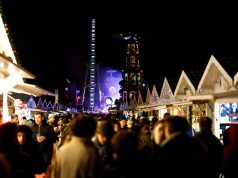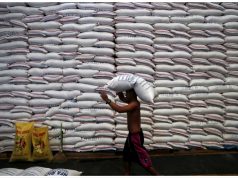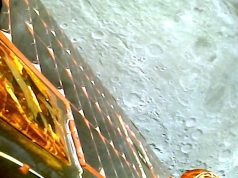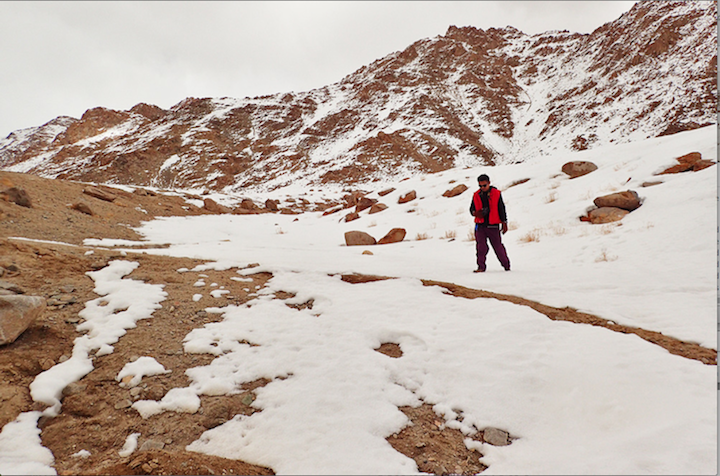
For someone growing up in a country of towering coconut trees, motorized boats, and beaches after beaches, seeing snow-capped mountains or experiencing snow for the first time can be a milestone. Snow-capped mountains belong to a different world. So imagine seeing this kind of whiteness. I had my first in Nepal—this particular whiteness crowning the loftiest roofs of the world: the Himalayas.
But the Himalayas covers 2,400 kilometers and passes through Bhutan, China, Afghanistan, India, Pakistan, and of course, Nepal. When we think of India—or at least for the uninitiated of the country’s staggering diversity—the Himalayas is the least in our list.
Three travelers, however, proved that there is more to India than what we learned from our outdated history books. Here are Claire, Jherson, and Alex who experienced a different India in Ladakh. And what they had experienced encompasses more than the Himalayas. They experienced Ladakh.
To have a glimpse of their Ladakh memories made me all the more persistent to come back and experience northern India some more.
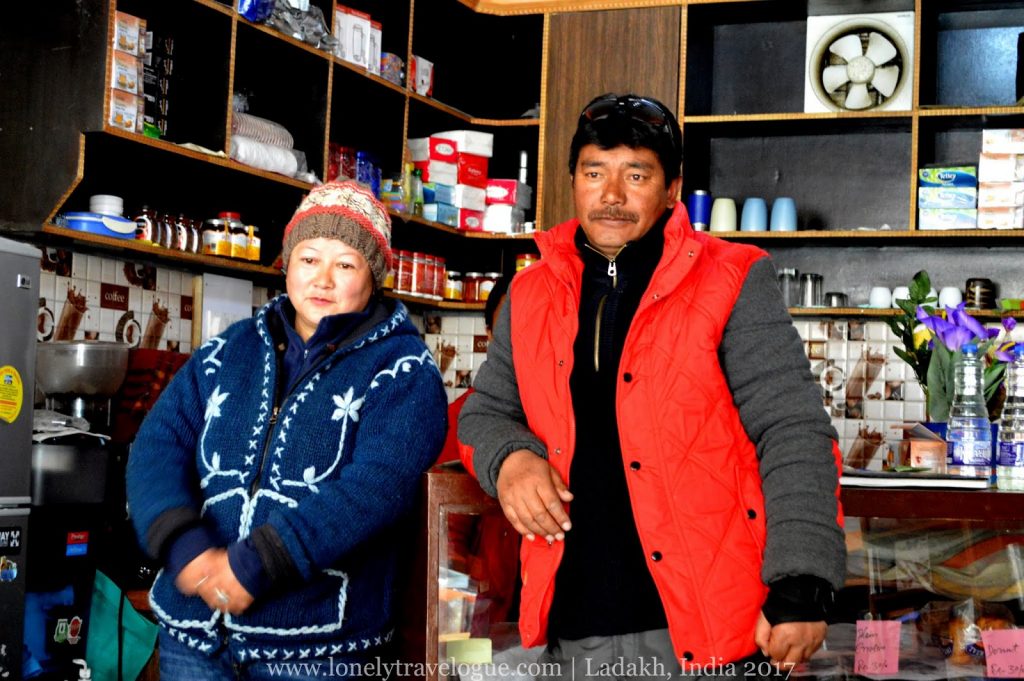
Claire of Traveling Light
Trip highlights
Every moment feels like a highlight—yes, Ladakh is that beautiful. The snowcapped Himalayan peaks – how they look like a painting!—during the plane ride, and still visible in the horizon once I landed on solid ground, the quietness of monasteries nestled in stark brown and snow-white mountains, the icy blue of the Indus River, whose path symbolizes the journey of Buddhism to Ladakh from Tibet, and even the capital town of Leh and its vibrant people and markets—all are unforgettable.
Ladakh is beautiful any season, but if it is your first time and you have never stayed overnight at a high-altitude location before—for reference, Ladakh is around 3,500 meters above sea level—do come during the summer, around June to September. My travel buddy and I came at the tail-end of winter in March. Based on our online research, which was confirmed by locals, visitors are more likely to get altitude sickness during winter, and/or are more likely to have worse symptoms. Our trip, though magical, was also a struggle, because of our bouts with altitude sickness. And yet, we appreciated the mountains thick with icing-like snow, as well as the sacred quietness of monasteries, which we almost had to ourselves.
Even if you are going during the summer, be prepared for the possibility of altitude sickness. Fitness doesn’t protect you; anyone can get altitude sickness. Having a respiratory concern like asthma entails more preparation, too. Best to see a doctor or a practitioner of alternative medicine like Ayurveda, which is known in India. Take a road trip instead of a flight to Ladakh for your body to gradually acclimatize to the high altitude. Allot at least one day of rest in your accommodation to acclimatize. Some guides and some locals recommend two days. This way, you can enjoy your Ladakh trip with little to no hassle.
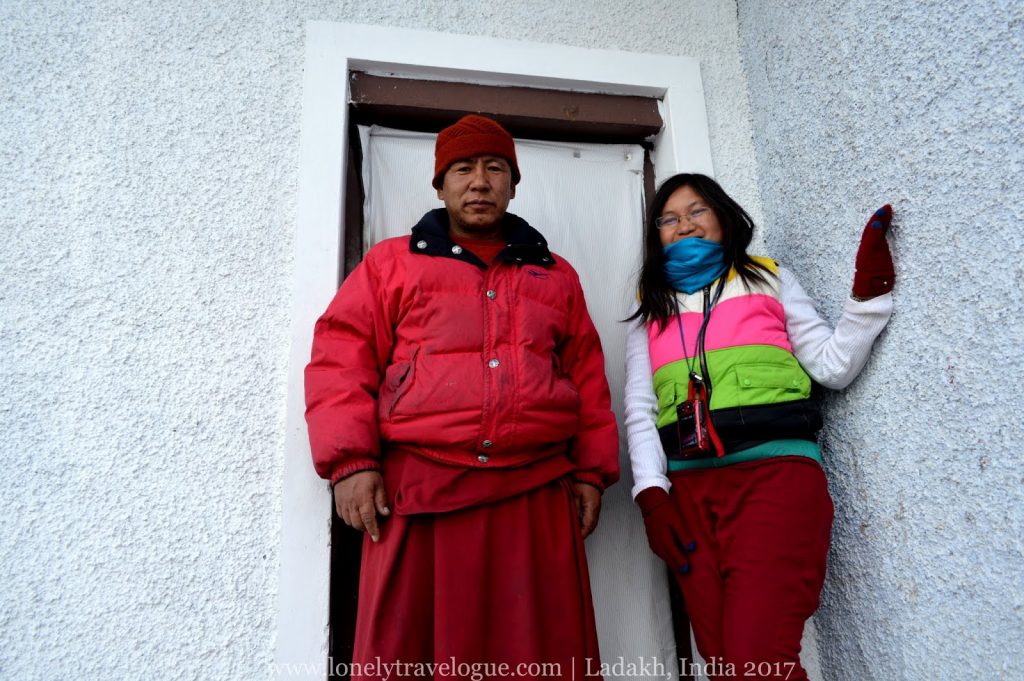
Jherson Jaya of Lonely Travelogue
The best thing about Ladakh is Ladakh itself. The sceneries, monasteries, the old town, market, and the Himalayas. For me, the experience with humans molded by its surroundings is the highlight of the trip. I am very grateful to our host Mr. Tuks Tan, who assisted us when we suffered from altitude sickness. He was very accommodating and patient. People on the street smiled at us whenever they saw us. I feel the rawness of human goodness in Ladakh.
The encounter with Lobzang Thinlay, the Monk in Shanti Stupa can be considered as one of the highlights of the trip. I knocked on his door out of intuition, and he let me in like a long lost friend. I asked about Buddhism, and we talked about life. Experiencing the place is very important, but interactions with its people give soul to traveling.
Things to Remember
First thing you have to consider before going to Ladakh is the time. Winter (January to March) is not recommended for first timers. There is little chance that you will see Pangong Tso Lake during winter. When we went to Ladakh in March, there was an avalanche, and the road to Pangong Tso was closed. Nevertheless, Ladakh is still beautiful during winter. The best month to visit Ladakh according to the locals is September.
Second would be the clothes. Leh, the capital of Ladakh, is 3500 MASL. It is very cold especially at night. Prepare thermal clothes and all the necessary gear for wintry places like Ladakh.
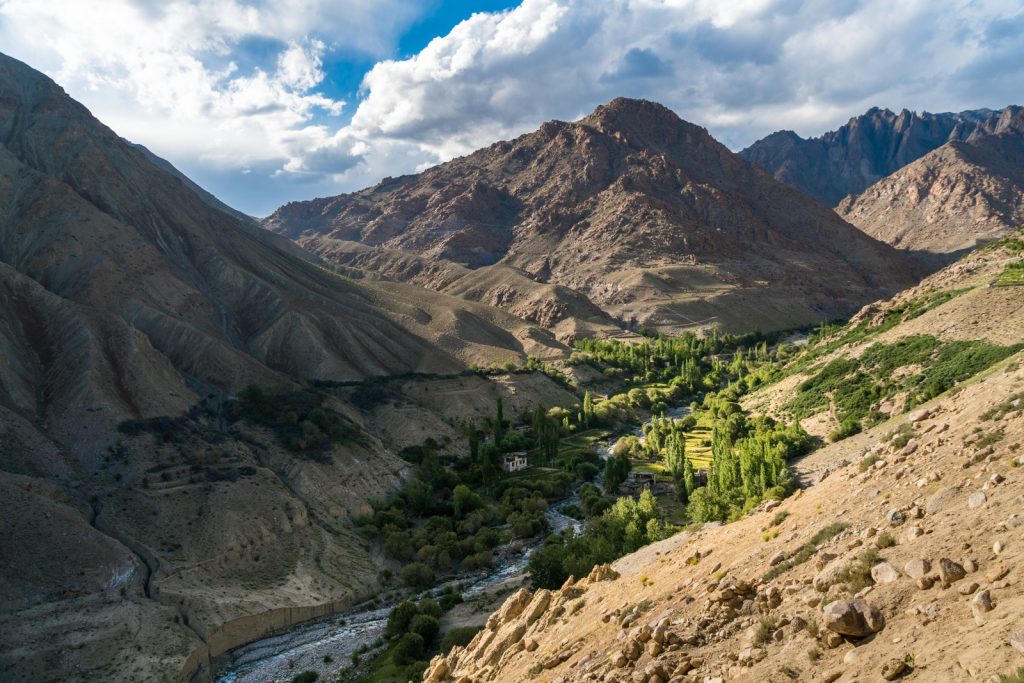
Alex Reynolds of Lost with Purpose
Endless blue skies and wide-open mountain vistas are undoubtedly the highlight of any trip to Ladakh! During our three-day adventure along the arid valleys and mountain passes of the Sham Valley trek, it felt as though there was nothing between us, nature, and the blue sky above. A rare sentiment in a country as congested and densely populated as India!
Of course, some preparation is needed before losing yourself in the wide openness of Ladakh. Thanks to the high altitude—Leh sits at more than 3,500 meters above sea level—traveling in Ladakh can be strenuous on the body regardless of your fitness level, and proper precautions must be taken.
Advice to travelers
When heading to Ladakh, give yourself two to three days to acclimate to the high altitude once you arrive. Don’t push yourself too hard during those days—short sightseeing walks only—and aim to drink three to four liters of water each day. After the initial acclimatization days, be sure to stay attuned to your body’s needs, and don’t be afraid to stop and take a breather every once in a while. Remember, there are no heroes while trekking!
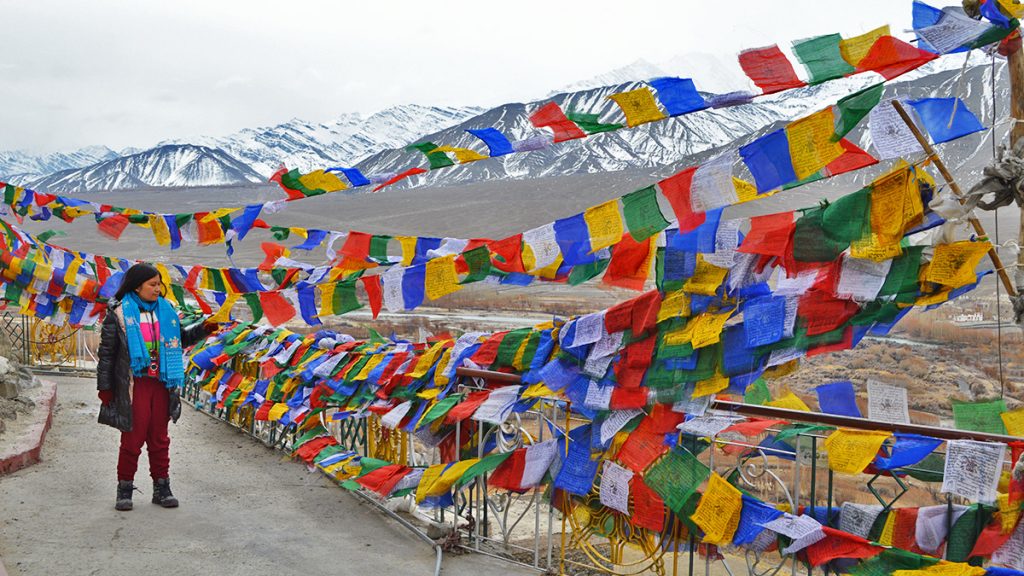
Ladakh Travel Guide | Things to Do in Ladakh
The very word Ladakh implies a land of high passes and mountains covered with snow. It is a place that has constantly attracted visitors since 1970, when it first opened its doors to them. Ancient monasteries, gompas, royal palaces, wildlife safaris, and an abundance of outdoor activities make the unique Leh-Ladakh region worth paying a visit to. This travel guide will make it easy for the visitor to visit this popular place, considered by many to be a heaven on earth.
Drass War Memorial
This memorial was put in place by the Indian Army to pay tribute to the soldiers who laid down their lives fighting against Pakistan in the Kargil conflict. Located a mere 5 km away from the Leh city center, across Tiger Hill, the memorial houses a large epitaph which has the names of every officer and soldier inscribed on it, who gave their lives for the country in the 1999 war. The War gallery here, depicts photographs and items seized from the enemy, giving a stark reminder of the gallantry of the Indian armed forces. This makes it a must-do on your Ladakh Tour Packages.
Nubra Valley
Located about 150 km north from Leh, the Nubra Valley is a virtual desert surrounded by the Ladakh and Karakoram mountain ranges. The valley lies at the confluence of the Nubra and Shyok rivers and is well known for its stupendous scenery.
The star attractions of the region are the sand dunes and the Bactrian or two humped camels, both of which are unique to the valley. The quaint monasteries and the vast apple orchards dotting the landscape, add to the beauty of this awe-inspiring piece of nature.
Thiksey Monastery
The 600 years old Thiksey monastery is not only the largest in Ladakh, but most revered as well. Resembling the Potala Palace of Tibet fame, the monastery is maintained by the Yellow Hat Buddhist sect, and is considered to be a masterpiece of Tibetan art and architecture. Apart from providing spiritual relief, the monastery vividly depicts the various aspects of the culture of the Buddhists. The monastery lies 20 km away from Leh, and is best visited between June and September.
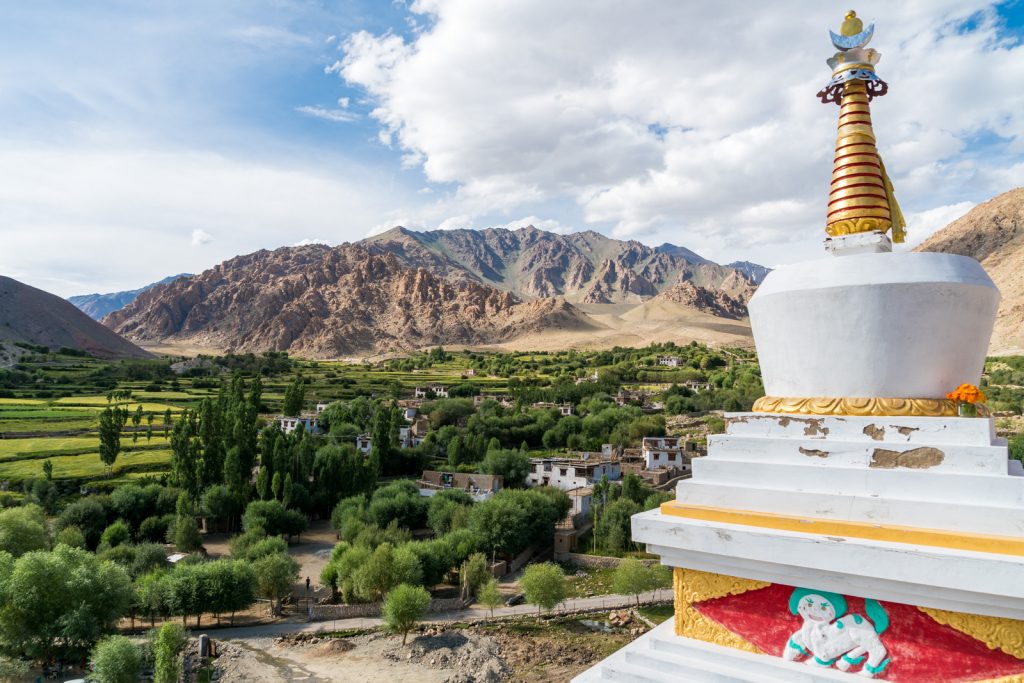
Leh Palace
This iconic landmark overlooking the town of Leh, was once the home of the 17th century ruler, King Sengge Namgyal. Since the reign of the Dogra rulers in Ladakh, the palace has been lying abandoned. A stroll inside the sturdy but unadorned building, through its dark corridors provides a thrilling experience. Maize of stairways and ladders take the visitors to the roof of this sturdy structure, from where one can get superb views of the city.
Kargil
The second largest town in Ladakh, after Leh, Kargil is also referred to as the “Land of Agas.” Agas are basically religious heads, who preach over the predominant Shia Muslim population of this area, thus giving them this name. Created in 1979, the Kargil district lies at an altitude of 2676 m above sea level. Situated 207 km away from Leh, a trip to Kargil is an enriching experience, complete with visual and cultural beauty.
Zojila Pass
Considered to be the lifeline of Ladakh, this 3528 m high pass connects Ladakh to the Kashmir valley. This 434 km long stretch of a highway passes through some of the most astounding routes on the three-day journey between Leh and Srinagar via Kargil.
Stok Palace Museum
Located barely 17 km from Leh, the Stok Palace museum provides a peek into the culture and rich heritage of the region. Housed in the residence of the erstwhile royal family, a small area here has been set aside for visitors to explore. The museum showcases precious heirlooms, artifacts, and treasures dating back to the 16th century. A section here is devoted to arms and ammunition, like bows arrows etc, which were employed for warfare in the past.
Pangong Lake and Changthang Wildlife Sanctuary
This sparkling stretch of clear water at an altitude of 4350 m, is 12 km long and extends well into Tibet. A unique feature of the lake is the everchanging color of the surface of water with the passage of the day. The waters here are saline, hence no aquatic life is present, but it serves as an important breeding ground for many migratory birds who flock here in great numbers during the summer months. The lake is a breathtaking five hour drive from Leh, and can be undertaken by car, bus or motorbike.
The Changthang sanctuary, which is a part of Pangong lake, has some rare specimens of Indian wildlife, not to be found anywhere else. The harsh climate here at 4000 m, is home to the highly endangered animals like Tibetan wild ass, black necked crane and the snow leopard.
Ladakh is a land like no other, bounded by two mighty Himalayan ranges. From the unique nature and geography to the modest culture it fosters, Ladakh is as mystical as it is beautiful.
ABOUT THE AUTHOR
Jona Branzuela Bering, Palanca awardee and author of the poetry collection Alang sa Nasaag (For the Lost), blogs at Backpacking with a Book. She left her beautiful life in Cebu to pursue her goal of traveling long-term abroad. She’s currently based in Hanoi, Vietnam.






